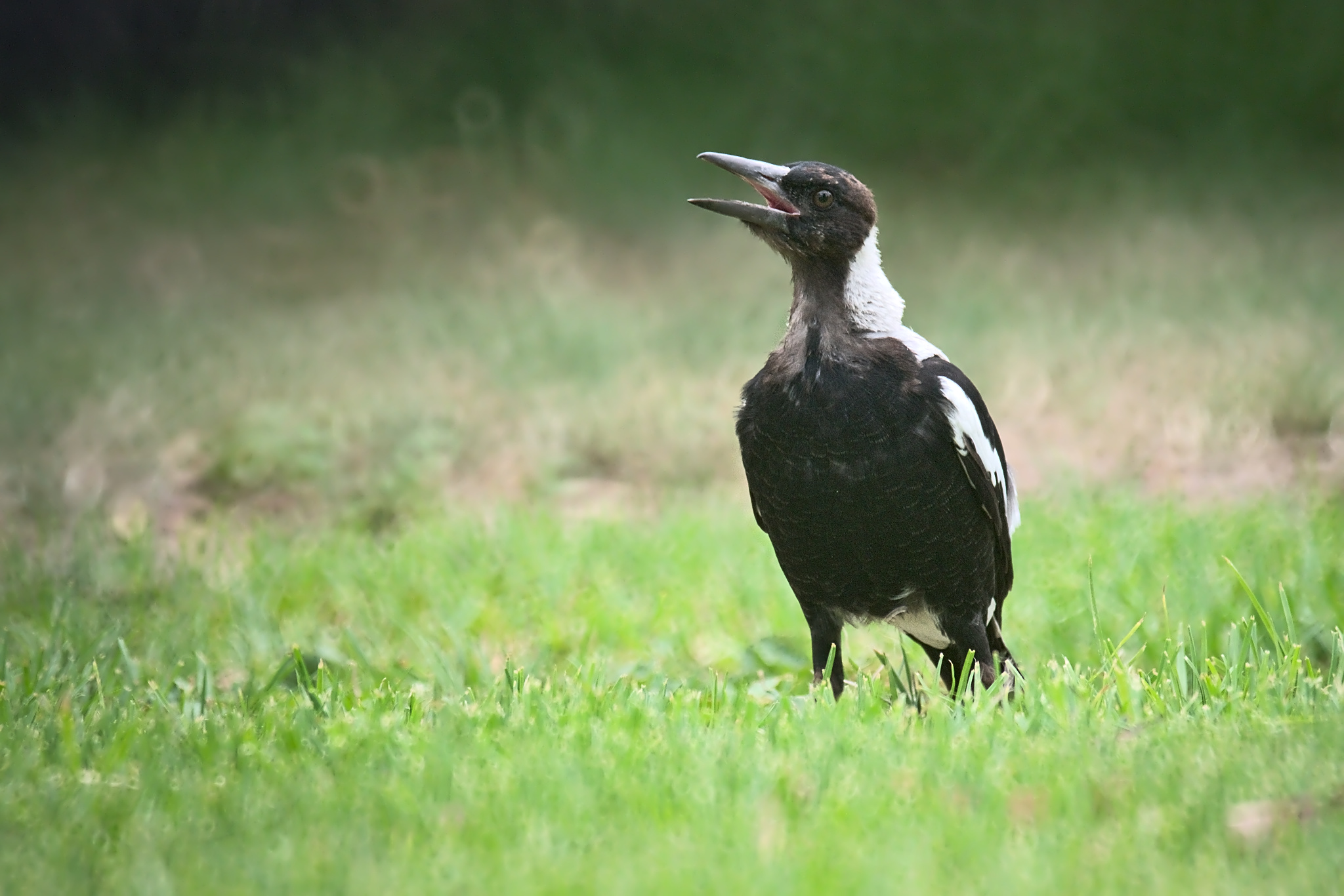There is no doubt that the best gear for bird photography is shockingly expensive. For example, the latest generation 600mm f/4 comes in at about $13,000 US dollars whether you look at Nikon, Canon, or Sony – and that’s without a camera. More modest setups are not cheap either and are still on the level of used cars.
Of course, this high end equipment does last a long time, and so over time the cost can end up being lower. However, the up front cost is prohibitive for many bird and wildlife shooters. So, can you shoot birds with really cheap lenses? In this post I hope to convince you that the answer is yes, using a variety of shots with lenses that start at just $50!
Table of Contents
1. Why Shoot with Such Cheap Lenses?
2. Some Examples of Cheap Lenses for Bird Photography
3. Limitations of Cheap Lenses for Bird Photography
3.1. The Focal Length Limitation
3.2. The Sharpness Limitation
3.3. The Autofocus Limitation
4. Use the Advantages You Have
5. Do You Need Expensive Lenses?
6. Conclusion
Why Shoot with Such Cheap Lenses?
I believe anyone can enjoy bird photography. With the right approach, even the cheapest lenses can produce solid results, which means that more typical lenses are more than enough to take good photos.
Bird photography culture also glorifies expensive gear. People gather around the latest gear and upvote or like anything produced with it. I have even heard some people say they are discouraged with wildlife photography because they aren’t going to buy the latest high-end lens. So, I also hope to encourage those individuals not to give up.
Cheap lenses can also be a good way to test the waters of wildlife photography before you decide to fully commit. Even if you eventually end up with a massive hunk of glass, more basic lenses will give you an idea of whether wildlife photography is right for you. The only danger is that cheap lenses are a bit of a gateway drug to the top-end glass, so consider yourself forewarned!
Some Examples of Cheap Lenses for Bird Photography
Although there are endless cheap lenses you could get for bird photography, here are examples of such lenses at various price points:
| Mount | Lens | New Price | Estimated Used Price |
|---|---|---|---|
| Micro Four Thirds | Olympus ED 75-300mm f/4.8-6.7 II | $450 | $280 |
| Canon RF | Canon RF-S 55-210mm f/5-7.1 IS STM | $350 | $250 |
| Nikon Z (DX) | Nikon DX 50-250mm f/4.5-6.3 VR | $380 | $250 |
| Sony E | Sony E 55-210mm f/4.5-6.3 | $300 | $160 |
These are just some examples. With cheap or used lenses, it’s impossible to be comprehensive. For example, for times when I need to be discreet or carry something really compact, I carry around my Nikon 70-300mm f/4.5-6.3G DX AF-P. It focuses very fast on my Nikon D500 or my Nikon Z6 in DX mode and cost just $200.
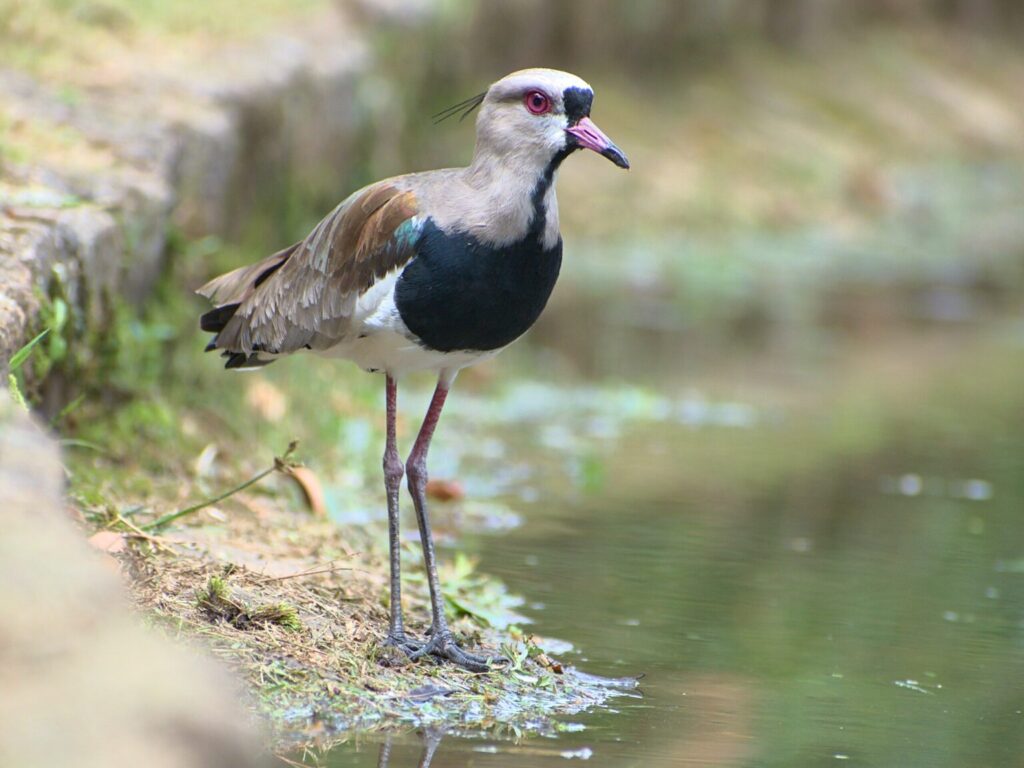
NIKON Z6 + Nikon 70-300mm DX f/4.5-6.3G AF-P @ 240mm, ISO 280, 10/4000, f/7.1
If autofocus is not a priority for you, then older manual-focus lenses can also get great results, especially if you have plenty of light and stop down a little.
Limitations of Cheap Lenses for Bird Photography
The Focal Length Limitation
When I started out with photography, I was a graduate student and my typical lens budget was about $80. So, what could be better than the fully manual Pentax-A 70-210 f/4? What was even better is that I found this lens used in my local camera shop, and it probably deserved to be rated “Bargain” considering how much paint was missing. I considered it a good deal for $50.
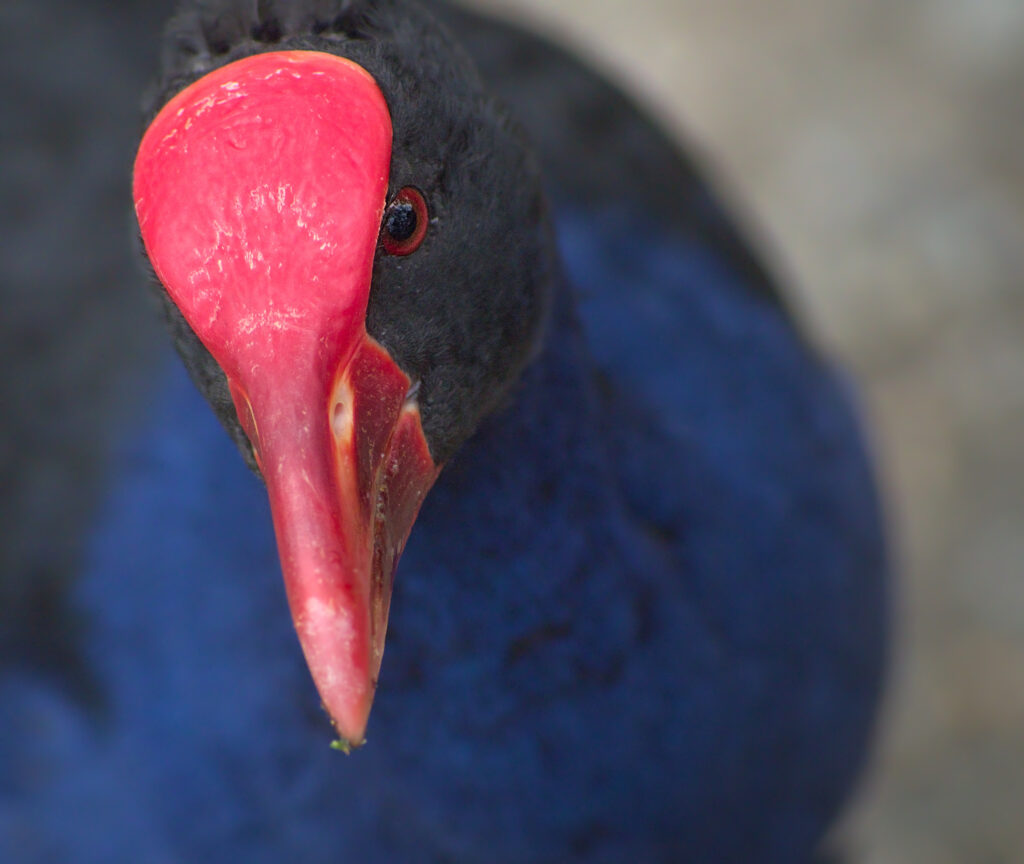
Budget bird photography with a $50 lens – Australian Swamphen
This lens brings me to my first limitation: focal length. If you decide to get a shorter lens like the Canon EF 75-300 f/4-5.6 III or the Nikon Z 50-250mm f/4.5-6.3 for Z DX cameras, you’ll have to contend with a shorter focal length.
Wildlife photography is certainly possible without a supertelephoto lens (as we’ve covered in detail here), but you may need to approach it a bit differently. With wildlife, this could mean shooting tamer animals in parks or larger animals. It could also mean being a bit more patient and waiting in a spot until the wildlife comes to you. Even in wild areas, I am frequently surprised at how close birds will come to me if I stay still for an hour or two. I still use this technique today even with more capable gear.
My other recommendation for getting around the focal length limitation is to compose environmental shots. In the bird world, detailed portraits dominate, so a well-composed environmental shot will be something a little different and just as pretty.
My only warning here is be respectful of animals, and don’t get so close to an animal so that you cause it distress.
The Sharpness Limitation
Animals have a lot of fine detail like fur and feathers, so a failure to resolve such detail clearly manifests as a lack of sharpness. Cheaper lenses, especially zooms at the long end, are not particularly sharp. One solution to this problem is getting closer. If the fine details like individual hairs can still be seen, then a photo can appear sharp even if the lens is not a top performer. Furthermore, you can likely use careful sharpening techniques in your raw processor to give the appearance of greater sharpness and detail.
Another solution for zooms is to try and use even shorter focal lengths and be happy with a looser framing. That sounds a bit paradoxical, but when I shot the Tamron 150-600 G2 lens, I would often try and get some shots at 400mm instead of 600mm since the lens performed better there. You can check out any of Photography Life’s Imatest results in our lens reviews to see that this is often the case with zooms.
The Autofocus Limitation
Some of the inexpensive wildlife lenses I’ve used don’t even have autofocus, and others are as slow as a sloth. I once owned the Pentax 300mm FA* f/4.5 lens, which I bought used for about $600. Although it had reasonable sharpness, I found that focusing manually was actually faster than its autofocus! So for about two years I shot birds on nothing but manual focus.
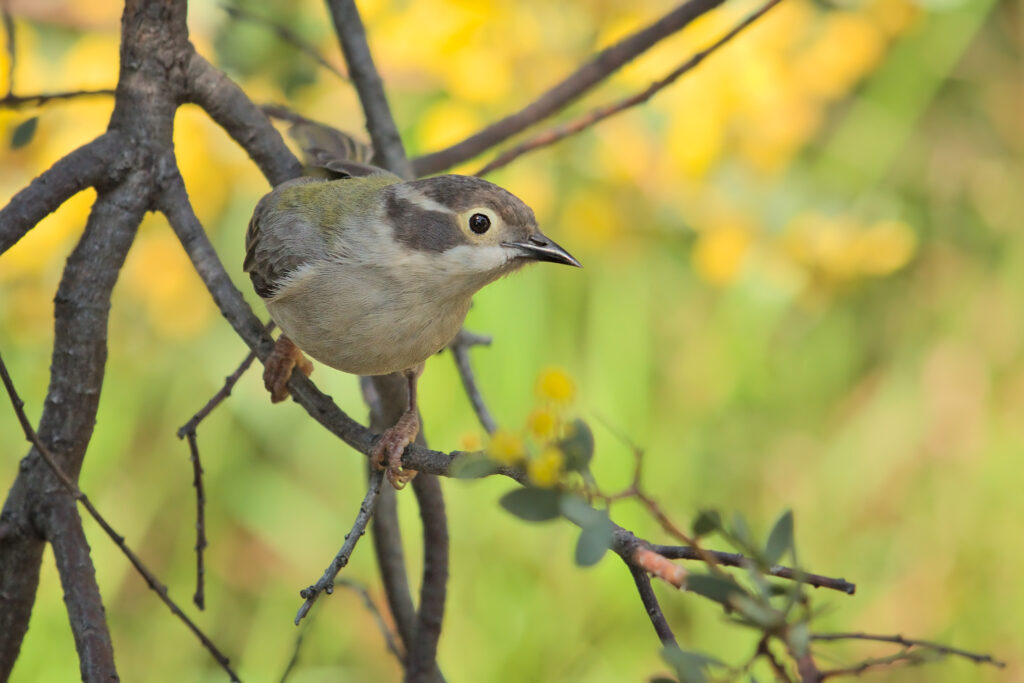
Pentax K-50 + Pentax FA* 300mm f/4.5 @ 300mm, ISO 400, 1/400, f/7.1
Although I would not recommend anyone try my bizarre setup, there is a lesson to be learned because often cheaper lenses do not have the fastest autofocus, even though they’d probably be blazing compared to what I had. Two things helped me shoot with this lens. The first was to be happy without getting any bird-in-flight shots. And the second was to pay attention to the behaviour of birds.
By getting to know the different bird species and how they behaved, I got a feeling for when certain species would be still. And I can say that even with my current faster equipment, paying attention to animal behaviour has been tremendously helpful. For example, at a certain time of year I know that the White-breasted Nuthatches where I live like to spend a bit of extra time perched near the bases of trees, and that has allowed me to get plenty of nice, eye-level shots of them.
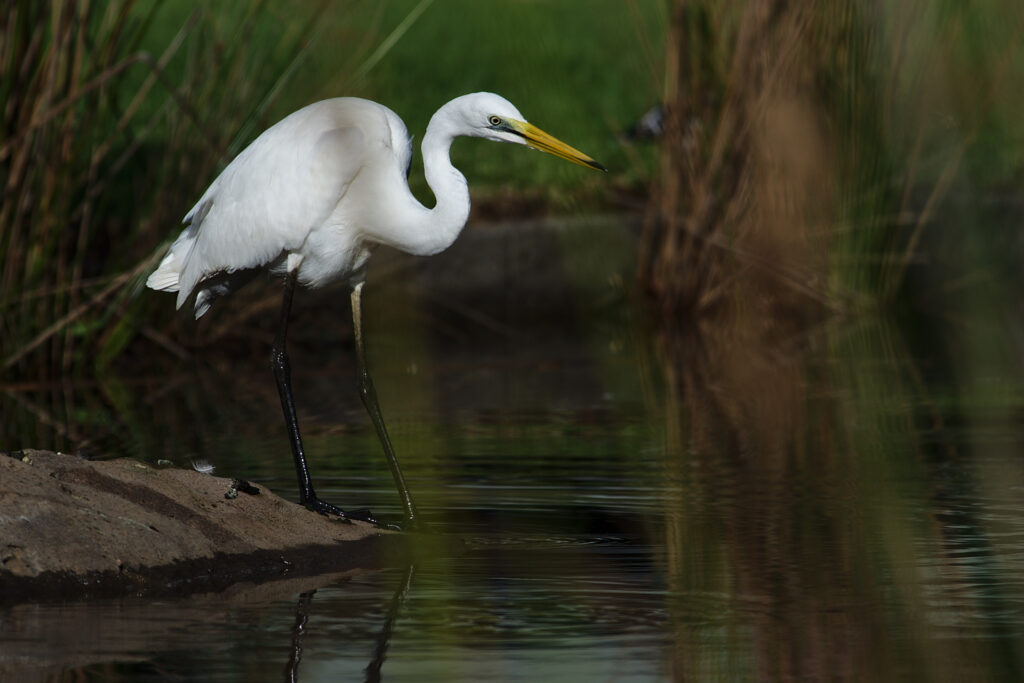
Pentax K50 + Pentax FA* 300 f/4.5 @ 300mm, ISO 100, 1/1000, f/6.3
Use the Advantages You Have
Years ago, during one of my cravings for longer focal lengths, I bought a mirror lens, the Tamron 500mm 55BB f/8. This lens was introduced two years before I was born, and it cost about $150 on eBay. Despite this, I once brought this lens out last year alongside my 500mm PF f/5.6 lens. Could this lens have anything to offer over an ultrasharp prime like the 500mm PF? Actually, yes.
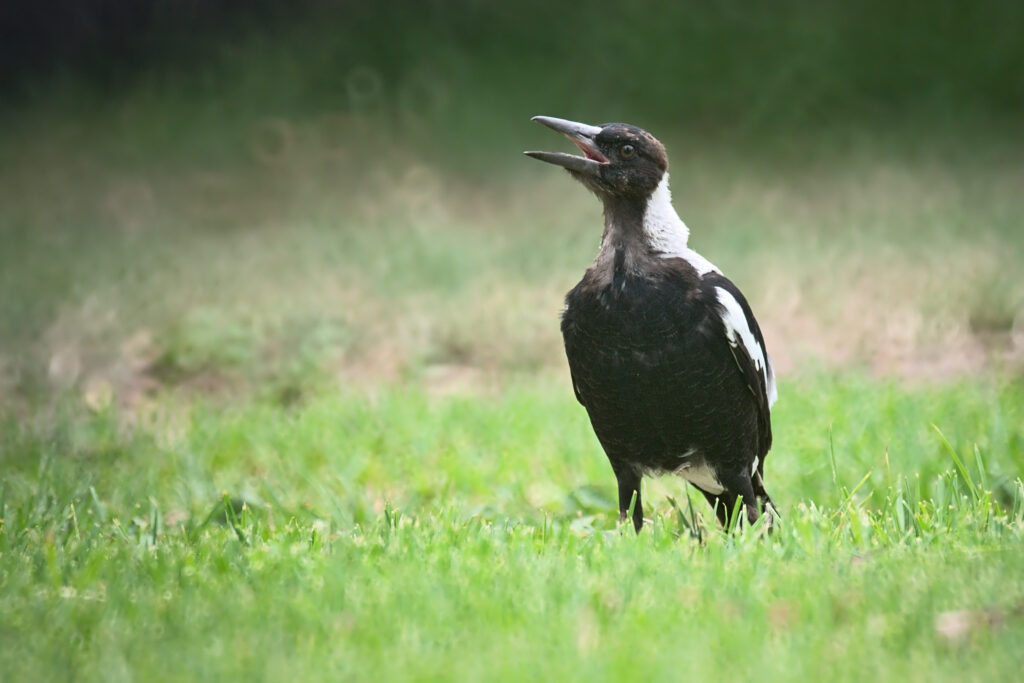
Pentax K-50 + Tamron 500mm f/8 @ 500mm, ISO 800, 1/800
First, the Tamron 500mm mirror lens is actually very light at 595g (21 oz), so it didn’t add too much weight to what I was carrying. But also, it has a curiously high magnification at 0.33x, which is almost twice the magnification of the 500mm PF lens at 0.18x. So in the park with some curious geese, I took an interesting shot that would not have been easy with the 500mm PF due to the 500mm PF’s longer minimum focus distance:
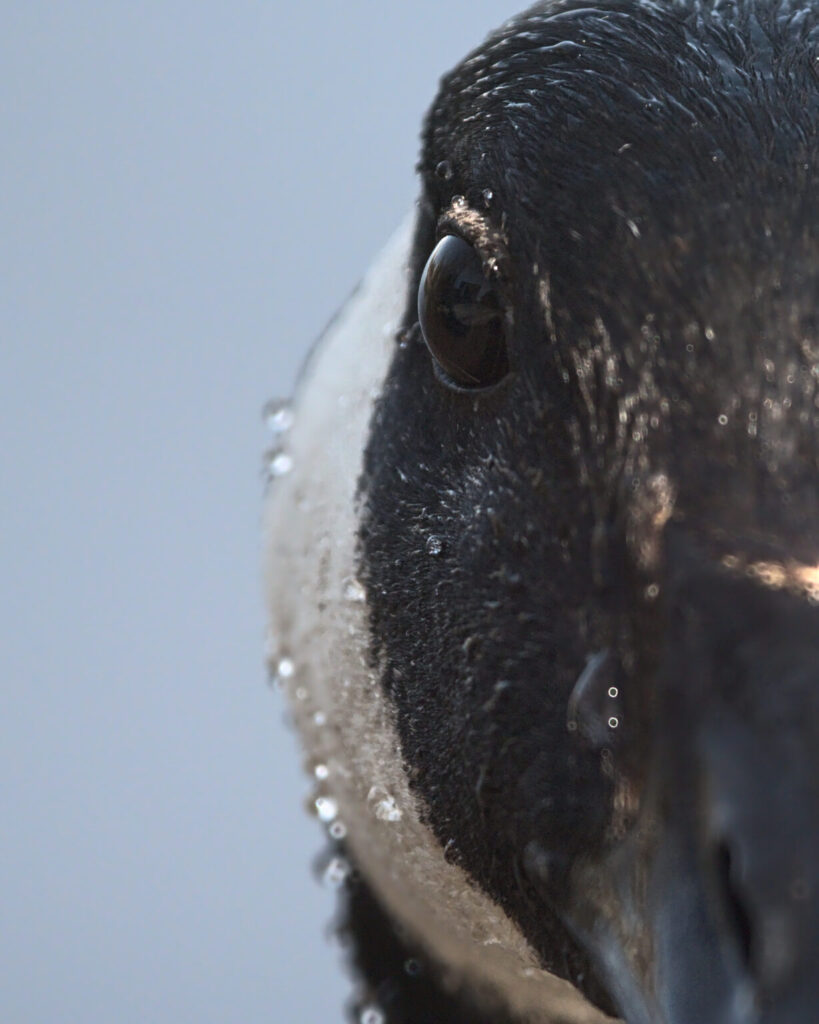
Panasonic G9 + Tamron 500mm f/8 ISO 1000, 1/1300, f/8
I also own an Olympus 40-150 f/4-5.6 R. It could be one of the cheapest lenses you can buy new today, because it regularly goes on sale for $100. Limited zoom? Check. Corner performance from the 1930s? Check. Yet its center performance is surprising and it’s so light that it can be taken anywhere.
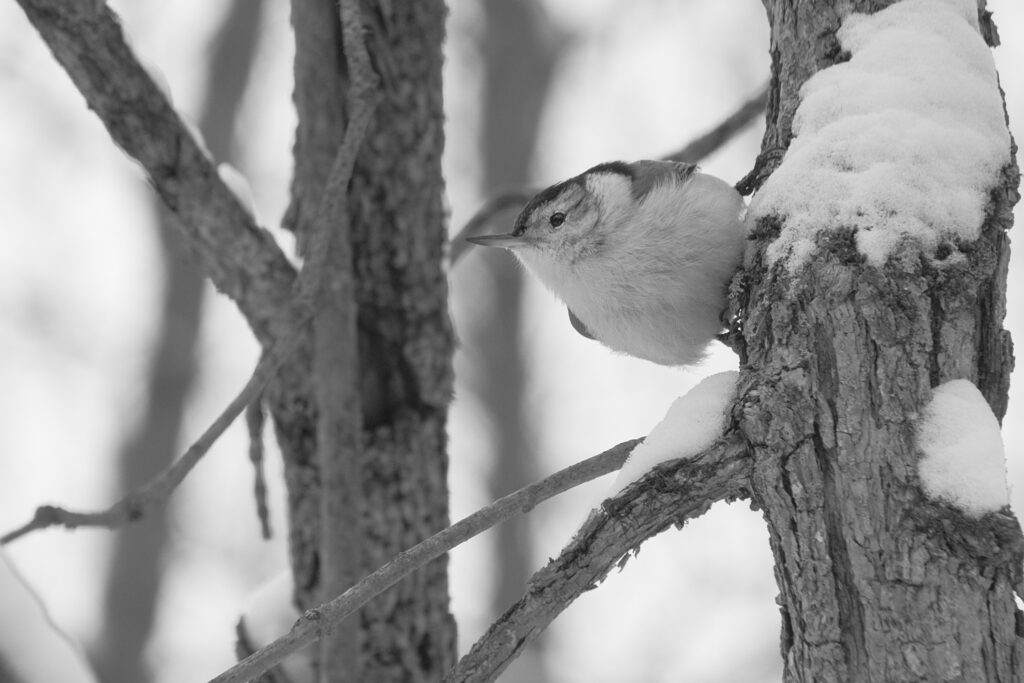
Panasonic G9 + Olympus 40-150 f/4-5.6 R @ 150mm, ISO 200, 1/400, f/5.6
As a bonus, this little lens can accept extension tubes, which transforms it into a last resort macro.
Do You Need Expensive Lenses?
There is no doubt that you can do some pretty amazing things with cheap lenses, and I would say they can still have a place even when you do have a high-end setup.
However, I cannot deny that the cheaper gear I’ve shot with only works in a limited range of situations. Although I suppose that’s true of every lens in a sense, with a better lens, I rarely feel limited by my equipment. As a Nikon shooter, that’s currently the Nikon 500mm f/5.6 PF for me, which still is nowhere near as expensive as a 500mm f/4.
If I look back at all my photography adventures, there are definitely shots I missed that I wouldn’t have if I had the 500mm PF. As someone for whom bird and wildlife photography has become a nearly full-time hobby, I find such a high-end lens to be indispensable. I feel like if I were stuck on a deserted island full of animals with just my D500 and 500mm PF, I’d be happy – as long as I had some way to charge the batteries.

Nikon D500 + 500mm f/5.6 PF @ 500mm, ISO 640, 1/1600, f/5.6
That being said, we are living in a golden age of good but reasonably priced telephoto optics for almost every brand. I have been very impressed by the Sony 200-600mm lens that a lot of my fellow bird photographers are shooting. There is simply no way that level of performance would have been accessible ten years ago without a much more expensive supertelephoto prime. Canon also has 600mm and 800mm f/11 lenses that recently came out, which are both under a thousand dollars and produce pretty nice images in bright light.
Conclusion
I have been photographing birds and wildlife for about five years, and the one thing I have concluded is that with enough patience and ingenuity, you can produce fine images with any lens, The types of images possible may vary from lens to lens, but with all the wildlife out there, you are sure to find some way to show off the beauty of our planet’s biodiversity.
That’s why I encourage you to try bird photography, regardless of which lens you own. You might just take a shot you never thought possible.
